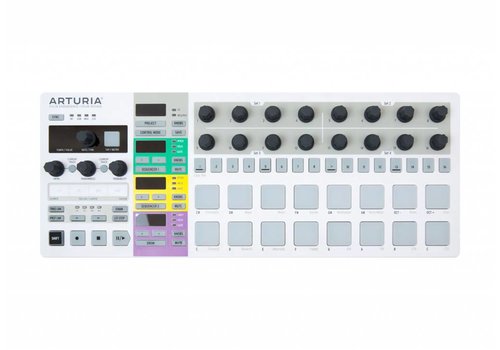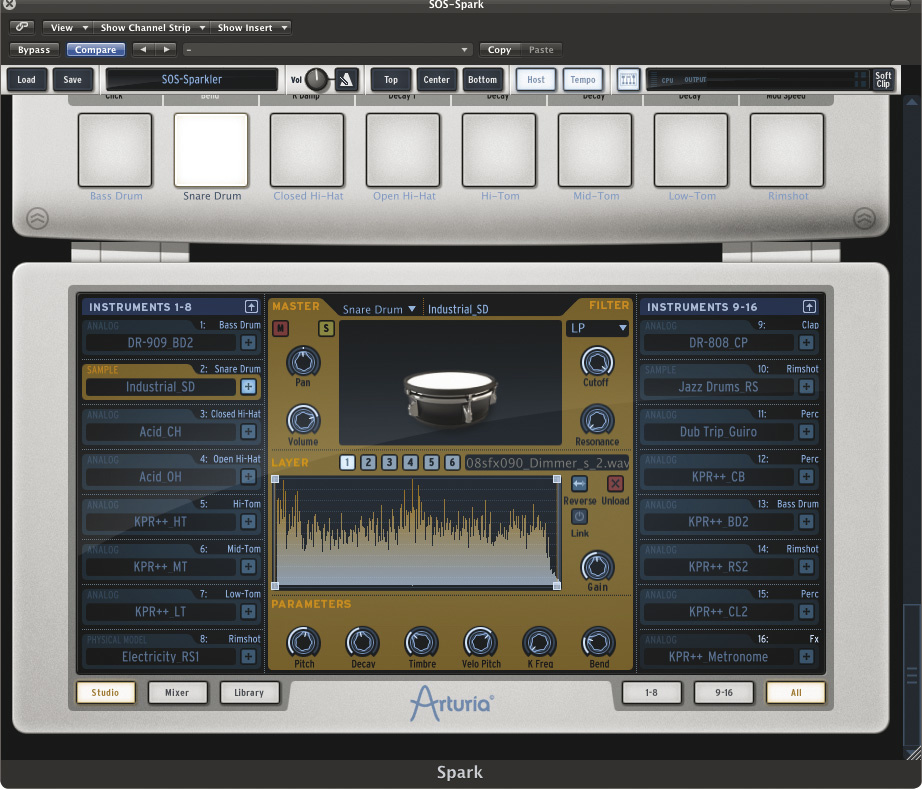



The M7's C-shaped neck is made from 5 pieces of wood, predominantly Maple. A Maple top adds more top-end sparkle, ensuring the M7’s tonal response is crystal-clear and able to penetrate through any mix even with the low B string. Used on some of the earliest electric guitars and basses on the market, you can expect a fairly neutral tone with slightly accentuated upper mids. The foundation of the Sire M7 6 string bass is its Alder body. effects such as chorus, flanging and tremolo add warmth and depth when applied to instruments subtly, or can create more bizarre effects when used with extreme settings.6 String Bass Shootout - More Strings, More Tones! Modern Construction Using automation to switch it on and off at key points in the mix can give a very dramatic effect. is usually associated with electric guitar, but a delicate amount applied to other instruments or vocals can give them more definition in a mix and help them to stand out. The creation of pitch corrected double-tracked vocals, favoured by many pop producers today, is another common use. normally regarded as an insert processor, it is now frequently used as an effect for vocals, particularly in dance music, with extreme settings giving robotic type effects rather than simply correcting pitch. One big advantage of using a software plug-in delay over its hardware equivalent becomes obvious when trying to calculate delay times relative to tempo, as most software plug-ins do the hard work for you by using a sync or tempo lock facility. can be used to create very obvious echo effects on instruments, or more subtle effects such as double-tracked vocals and beefed-up guitars. Both types of plug-ins usually come with a number of presets, offering the user instant access to all the most popular reverb types. Although synthetic reverbs are generally not as convincing as convolved, they are generally more editable and less processor intensive, and although more artificial in nature, their sound often sits better in a track. More widely used, perhaps due to their familiarity (and lower price!), are synthetic reverbs, created by using a multitude of carefully calculated delays to form a reverb effect.

effects fall into two main categories - the first is convolution reverb which use samples captured from real environments (called impulse responses) convolved with the incoming audio signal to produce the end result. EQ and compression are generally regarded as insert processors, and so are usually used in the insert effect chain, whereas other effect types are more often connected via the auxiliary send and return path, allowing multiple tracks to use a single plug-in instance, reducing CPU load in the process. There are a massive range of plug-ins available to choose from today covering effects such as EQ, compression, reverb, delay, pitch correction, distortion, modulation and much more.


 0 kommentar(er)
0 kommentar(er)
